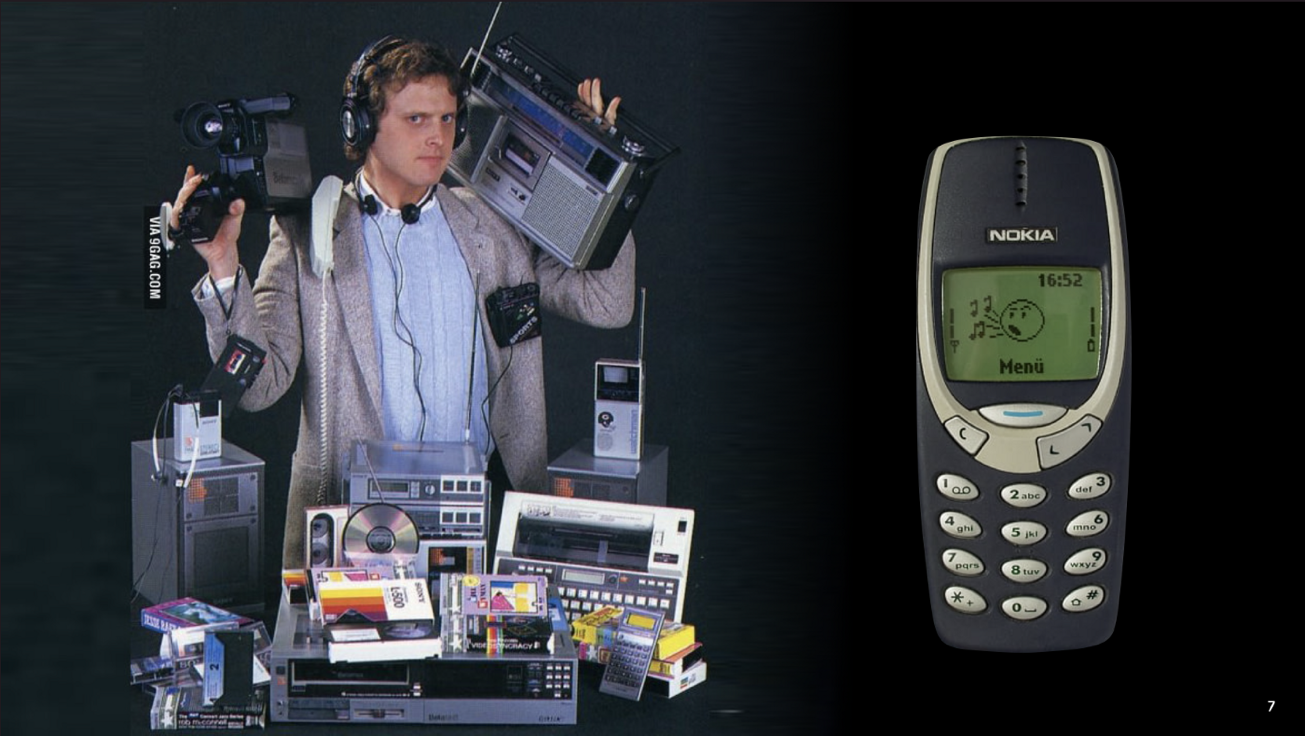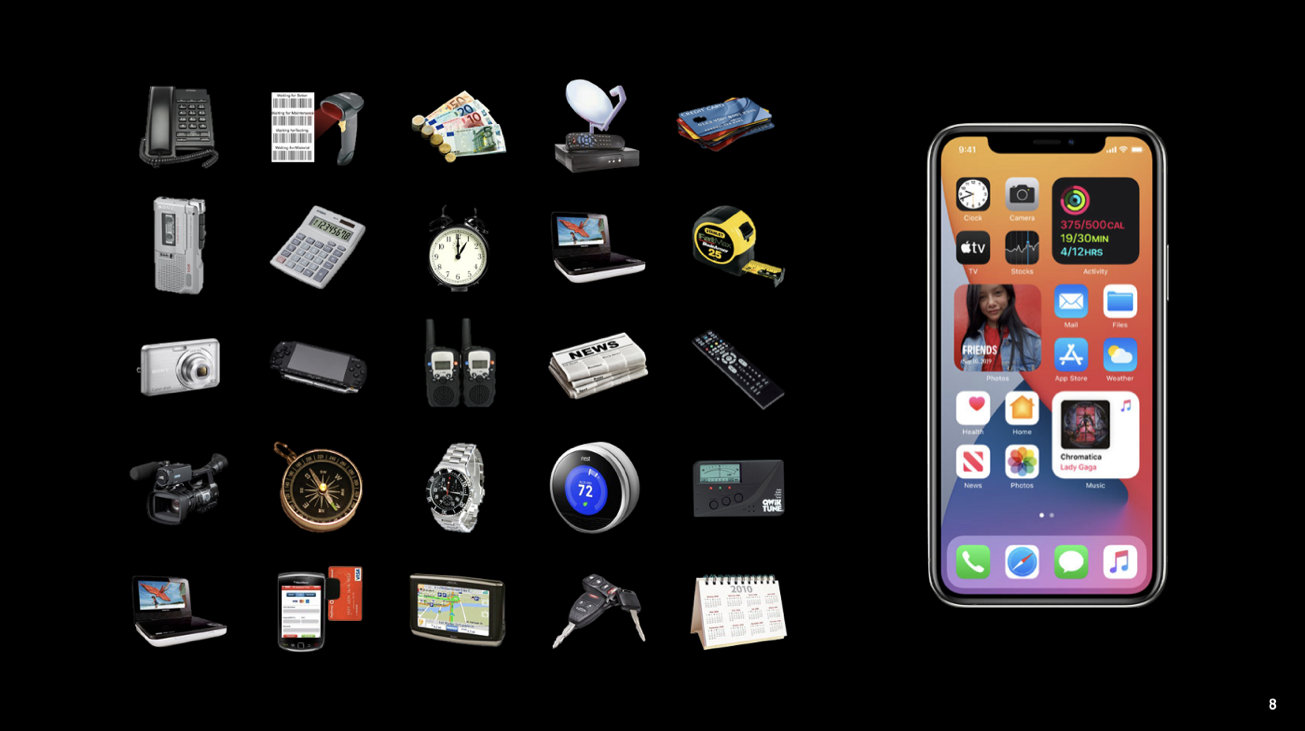- 回首頁
- 機械工業雜誌
領袖觀點|Building an Open EV Platform for Software-Defined Vehicles
作者 魏國章
刊登日期:2022/04/01
The automotive industry is going through a very disruptive era, just like the smartphone industry back in 2007 when iPhone was first introduced. Internal Combustion Engines (ICE) and gas are becoming irrelevant, replaced by electric motors and batteries. And, more electronic components (ECUs) are introduced into the vehicles. The complexity quickly added up to a point that the whole system became unmanageable. This vertical siloed and distributed vehicle architecture is considered a hardware dump soup, and very hard to be software- defined. Tesla came to the scene and created the first generation of software-defined vehicles. The electrical/electronic architecture (E/EA) became more centralized, called a zonal architecture. (Domain v.s. Zonal architecture). E/EA being a more centralized system, the vehicle then can be treated more like a modern computer system with a CPU brain that controls all hardware components (ECUs). The vehicle’s characteristics (i.e. user experiences) then could be upgraded/updated through Over-The-Air (OTA) software updates. The trend has been urging the industry to move into building Software-Defined Vehicles (SDVs).
Applications with new User Experiences
When vehicles become more software-defined, it opens up huge opportunities for new applications to be introduced and for installed applications to be upgraded. Hence, new user experiences are to be introduced throughout the whole vehicle lifecycle. A new SDV’s user experiences become more like an iPhone with AppStore and many exciting apps to be introduced and updated throughout the SDV’s life cycle Over-The- Air.
It becomes possible to create a software marketplace for the automotive application space, just like AppStore to the iPhone or Google Play Store for the Android. The automotive industry immediately become so exciting and the ecosystem with the economies of scale will easily pass the smartphone industry. Imagine one day, Tesla announces Tesla App Store and opens up Tesla EV SDK for all developers to come into the Tesla apps ecosystem to participate in the Tesla applications space. By then, Tesla will be more like the iPhone of EV. But for now, Tesla is only the Nokia of EV.
Software 2.0 is eating Software 1.0
Ten years ago, when Marc Andreessen said “Software Is Eating The World”, no one had a clue about what Marc was talking about. Today, we all enjoy the apps on our smartphones we carry in our pockets that used to be different hardware gadgets, not software apps.

Hardware gadgets we used to enjoyed
When Tesla’s AI expert, Andrej Karpathy, said “Software 2.0 is Eating Software 1.0”, he was saying Tesla’s Autopilot software is mostly written by data in Machine Learning (ML) fashion, not by humans in the software 1.0 way. There will be more and more new software 2.0 applications created and some of them will be to replace Software 1.0 applications. Much like AlphaGo Zero is to replace AlphaGo and the traditional software 1.0 game of Go. Aside from that, MLOps is quickly being introduced into replacing some of DevOps.

Hardware gadgets were replaced by apps. Software is eating the world
Therefore, building Software-Defined Vehicles will be following the same trend, it will introduce more Software 2.0 to making more “intelligent/smaret” vehicles. Software 2.0 will be expanding into different domains in automotive industry and related infrastructure from Autonomous Driving(AD)/ADAS to areas like Battery Management Systems (BMS), Driver Monitoring Systems (DMS), Digital Smart Cabins, Thermal Management, Navigations, V2X, Battery Charging Systems, Smart Energy Grid, Storage, and Charging Network, etc.
回文章內容列表更完整的內容歡迎訂購 2022年04月號 (單篇費用:參考材化所定價)